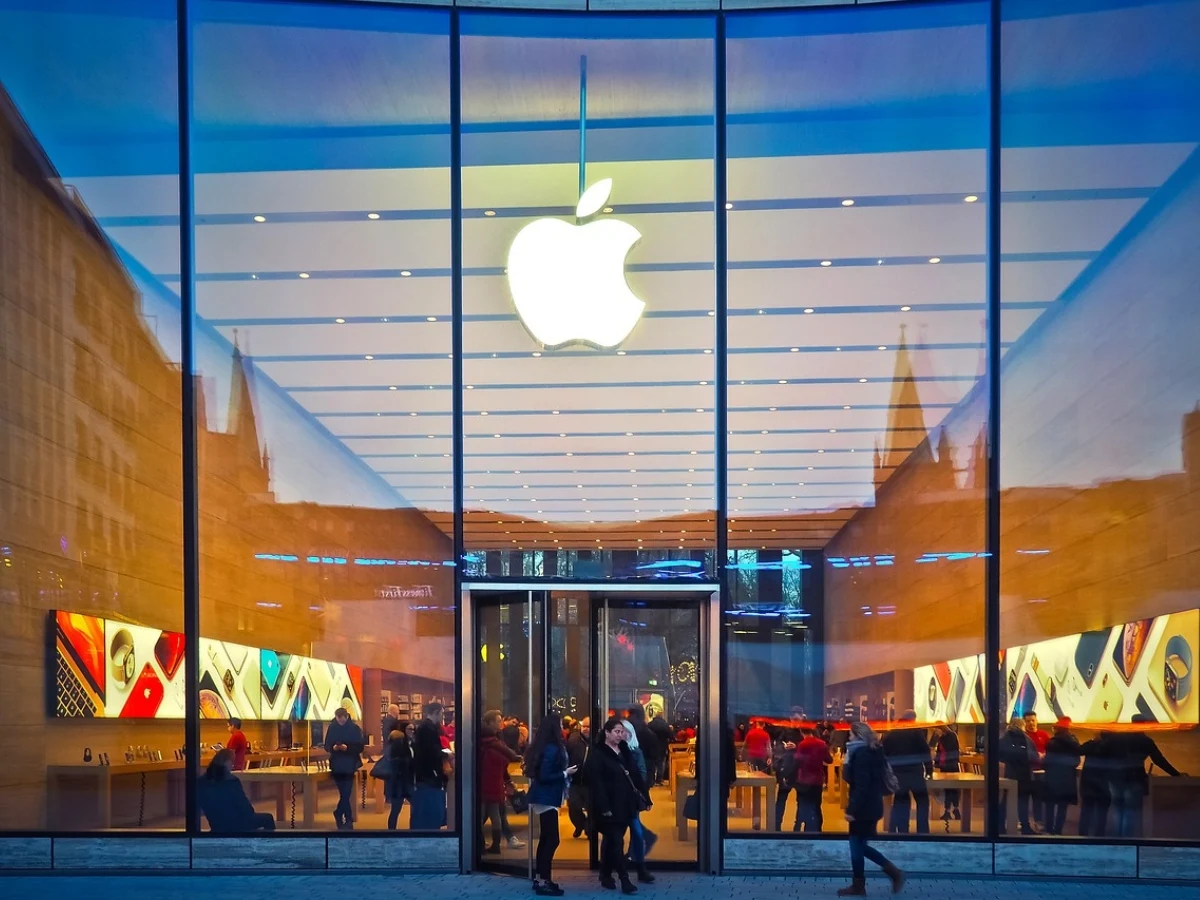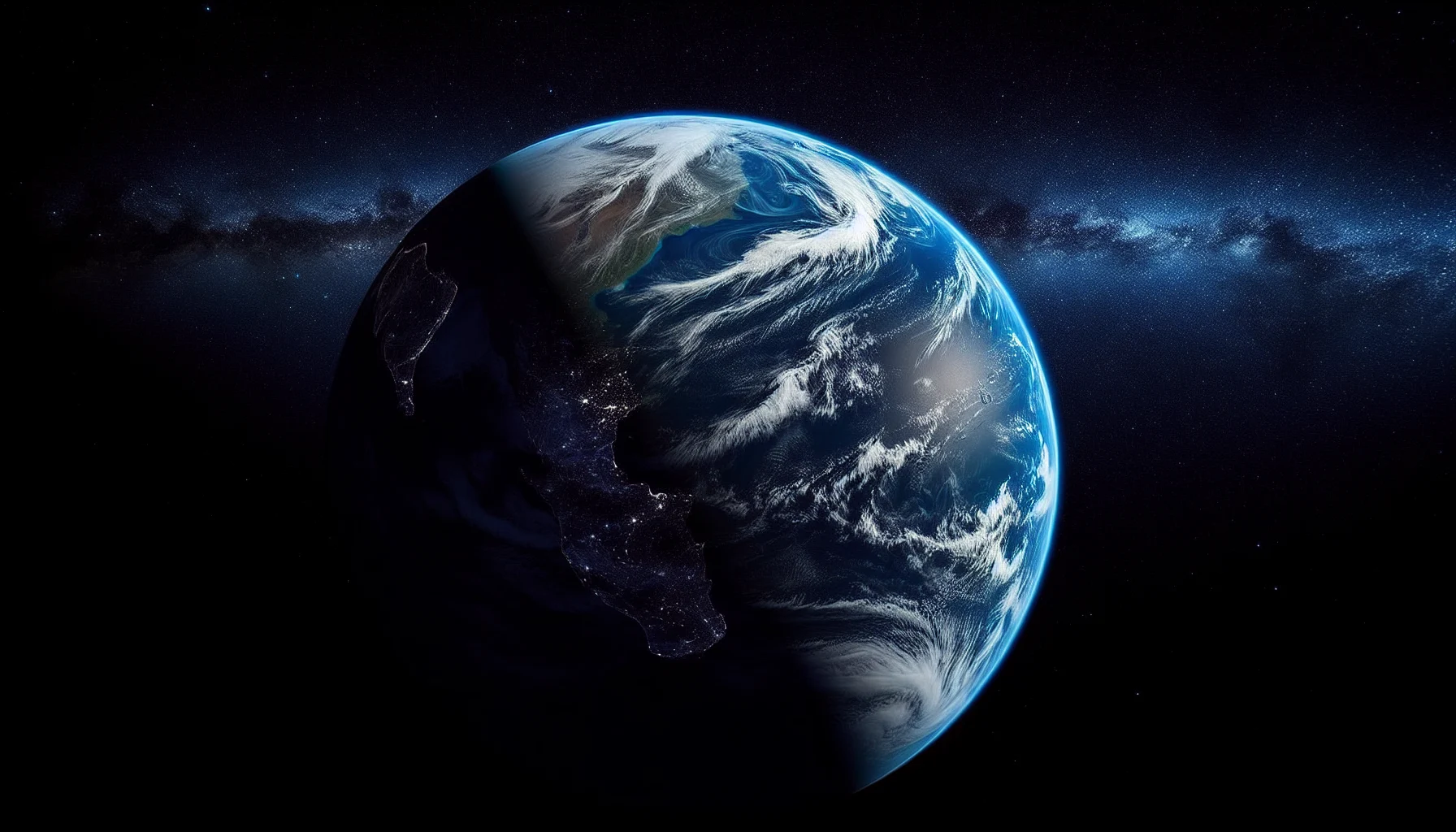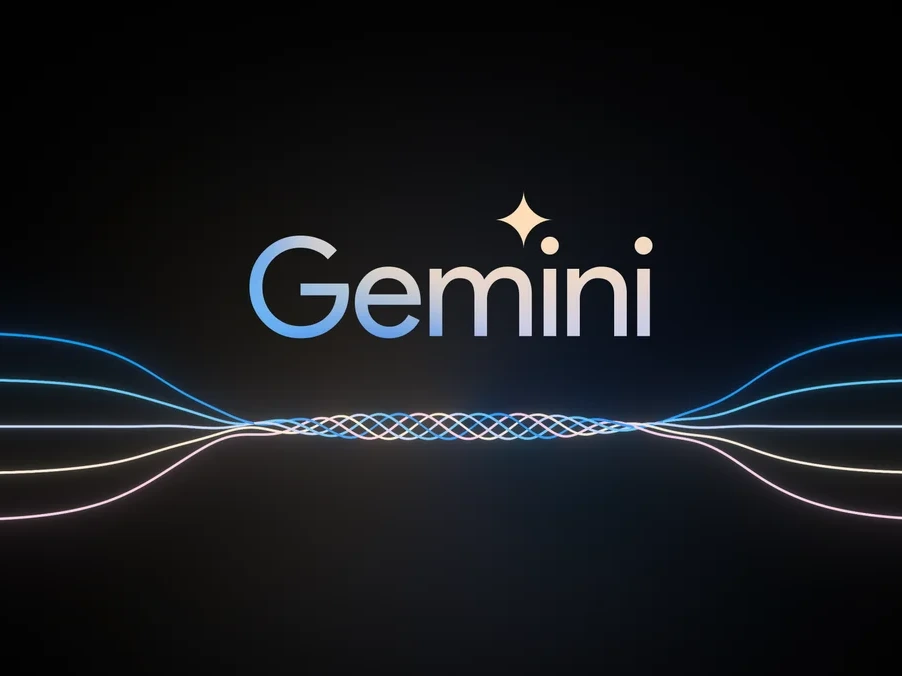Key Takeaways
1. Tesla is improving customer service by introducing a new AI Agent for direct communication with vehicle owners.
2. The AI Agent can monitor response times, understand customer feelings, and notify higher authorities if necessary.
3. Customers can escalate unresolved issues by typing ‘Escalate’ if they don’t receive a response within two weeks.
4. The AI Agent is currently being tested at 10 selected service centers with built-in safeguards to prevent misuse.
5. Tesla is leveraging its technology and AI innovations, which are also used in features like Full Self-Driving and the Tesla app.
Tesla has been under fire for its customer service, but it’s working to make things better. The carmaker is using artificial intelligence (AI) to enhance how it communicates with customers.
New AI Agent Introduction
Raj Jegannathan, who leads the AI, IT Infrastructure, Cybersecurity, and Vehicle Service teams, announced on X that Tesla has rolled out a new AI Agent. This tool will engage with vehicle owners directly. It can monitor how long it takes to respond to issues, understand the feelings behind messages, and alert higher-ups if needed.
Escalation Feature
Jegannathan further explained that the communication system will enable Tesla owners to escalate their issues by simply typing ‘Escalate’ if they haven’t received a response within two weeks.
Pilot Program Launch
The AI Agent is currently functioning at 10 selected service centers. To avoid misuse, Tesla has implemented certain safeguards within the system.
It’s fascinating to witness how Tesla is tackling one of its customers’ biggest challenges by utilizing its own technology. While the firm is best known for its electric vehicles, it also excels in AI innovation. Tesla has already woven AI into various aspects of its operations. For instance, its Full Self-Driving (FSD) feature is continually refined using real-world data from countless cars. This technology is crucial for manufacturing as well. AI also drives the Tesla app and segments of the company’s website.
Source:
Link











